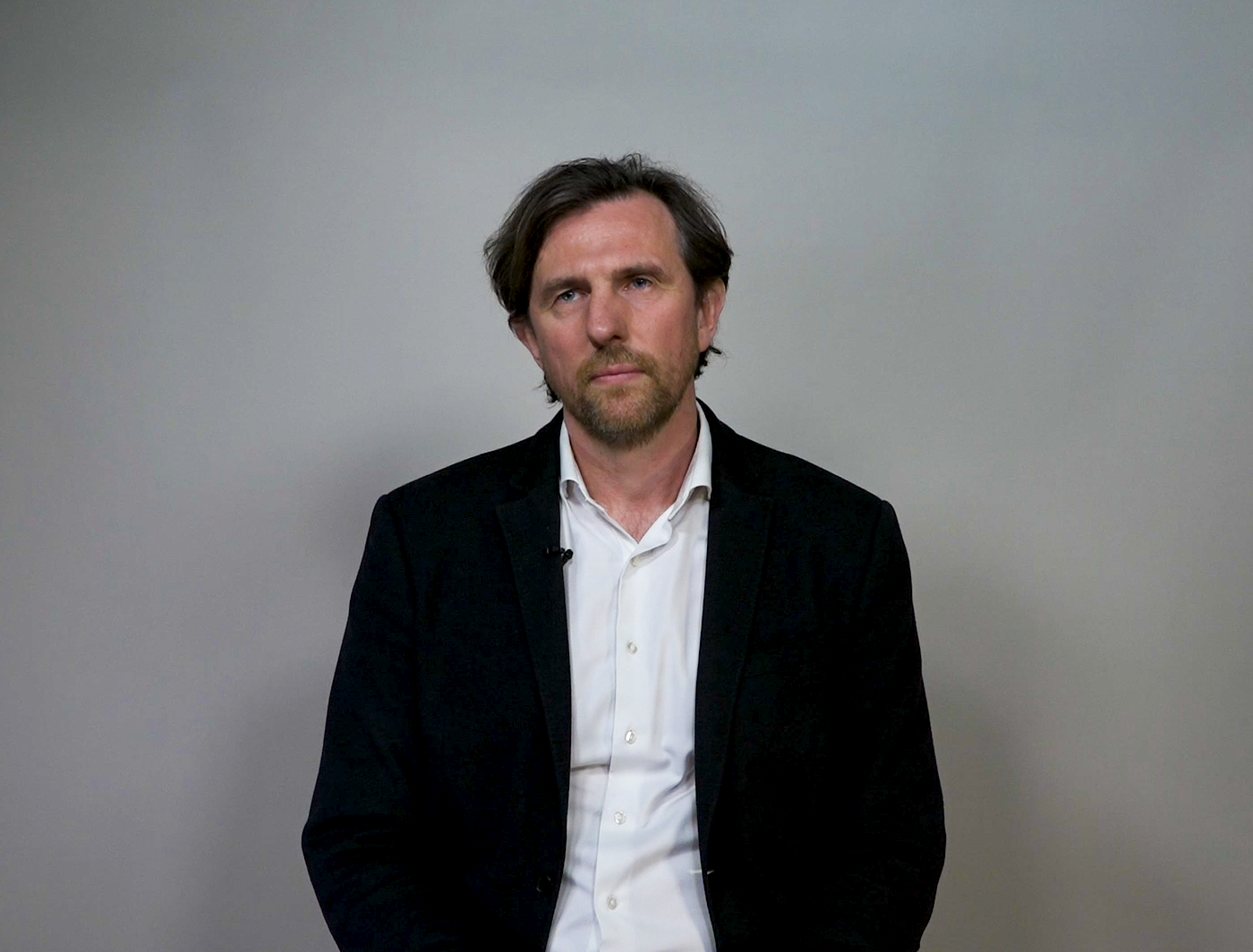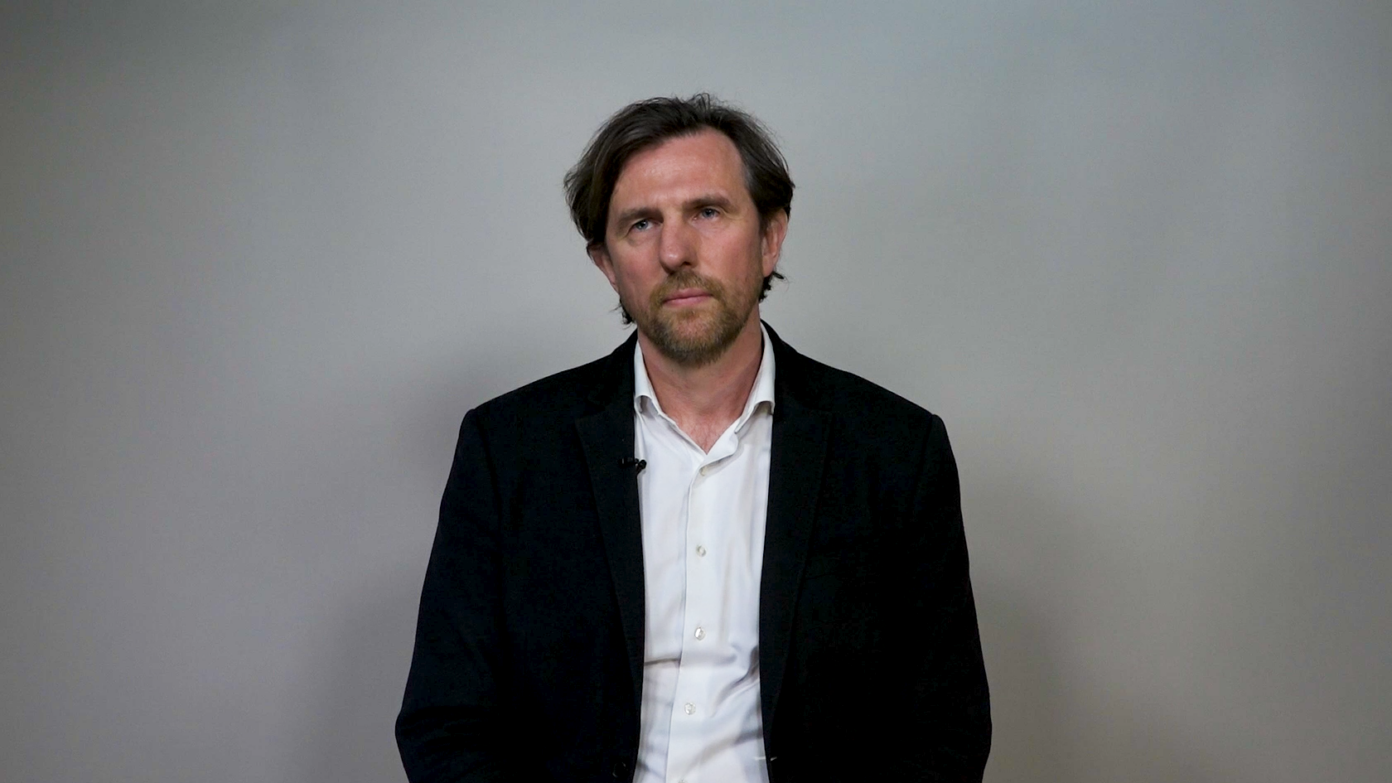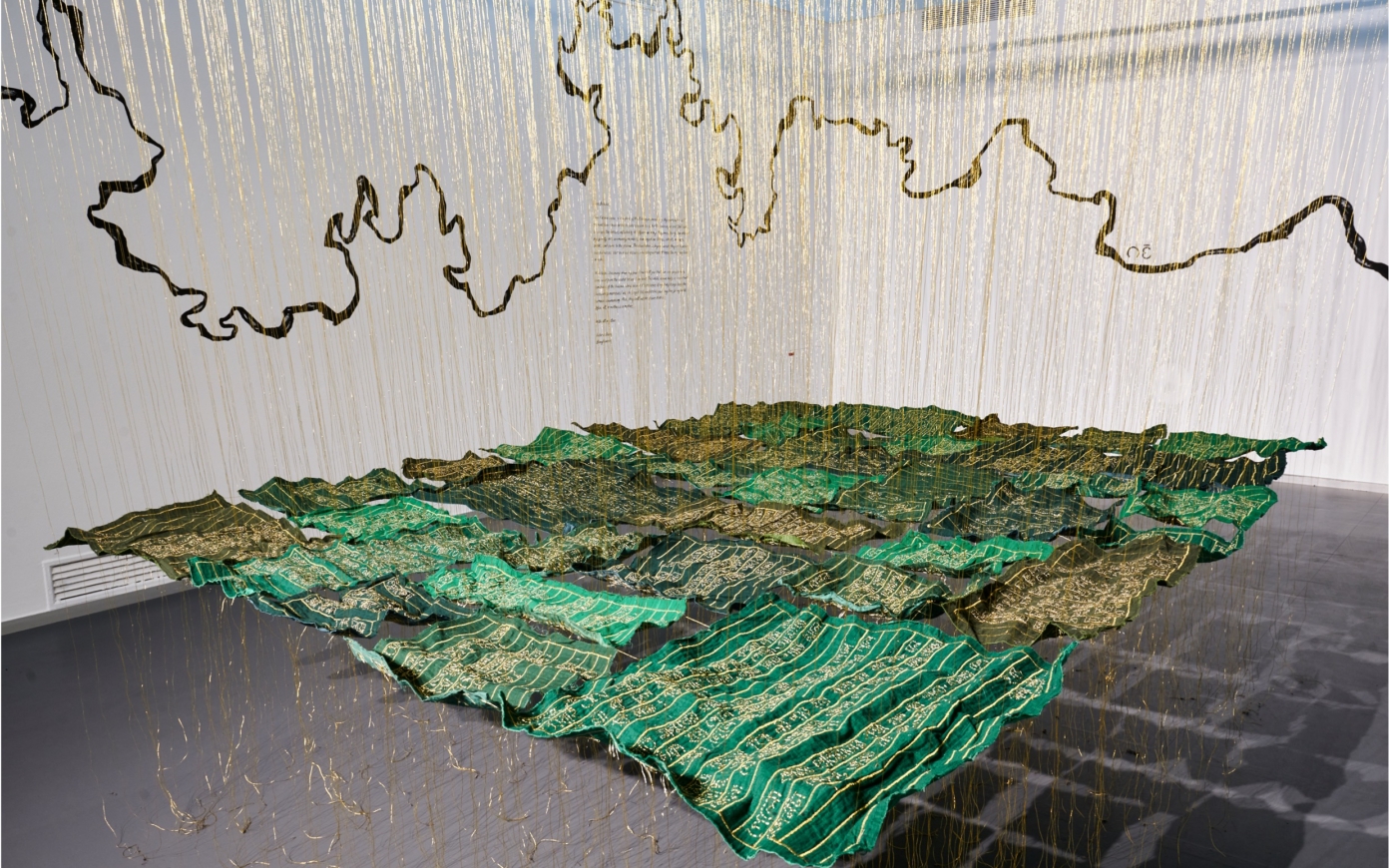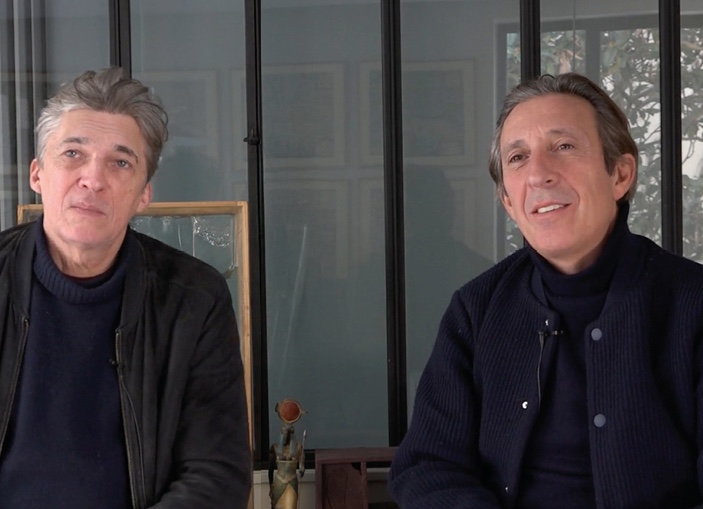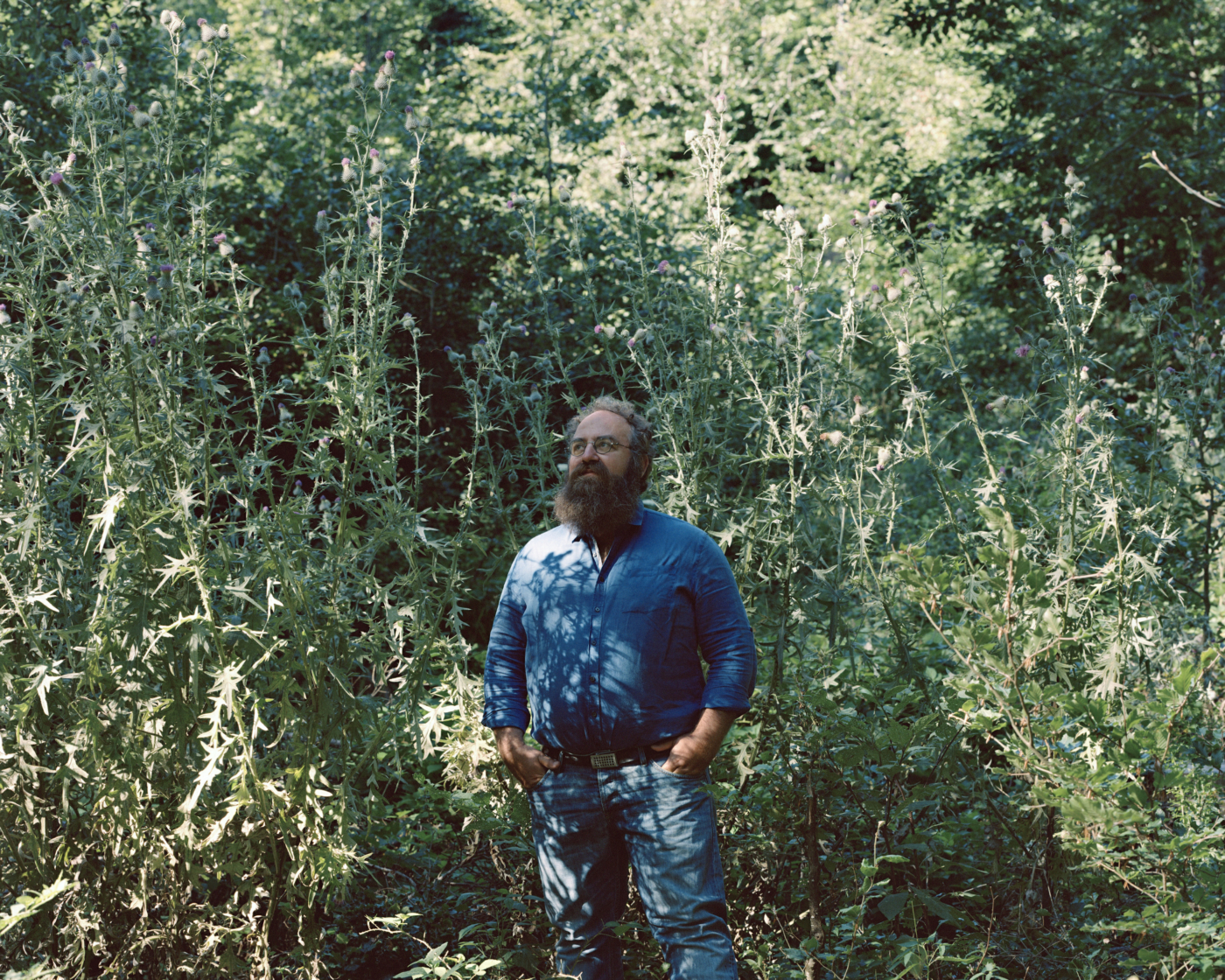Beyond the Anthropocene
Philippe Chiambaretta : To what extent is this communication with the beings that constitute this interconnected forest ecology fundamental for the Runa? And what happens when they lose communication with those beings?
Eduardo Kohn : Sylvan thinking, the kind of thinking that we all have as long as we are alive, the kind of thinking that is so exquisitely manifest in dense forests like those of the Amazon, is something we are always grounded in. We are sylvan beings because we are living beings. So you can’t exactly lose sylvan thinking, but what you can lose—and this is what’s scary—are the spaces where sylvan thinking flourishes and proliferates. In dense forests, like those in Ecuador’s Amazon region, sylvan thinking is generated to such a degree and with such a wealth that its properties become inescapable. In a forest you can’t but think like a forest and this kind of forest thinking can guide and inspire us at a time in which we are losing touch with the sylvan thinking that sustains us. The great madness of our world is that we are becoming “all-too-human minds” separated from what we seem to only be able to treat as “matter.” This Cartesian divide is neither ontologically correct nor is it sustainable. This is why sylvan thinking can, to my mind, be such an important source of ethical guidance for the Anthropocene.
Philippe Chiambaretta : Are you suggesting that these times are asking us to restore the “enchanted communication” that monotheism has broken?
Eduardo Kohn : Let me just say something about the Anthropocene. I think it is a funny thing. It is criticized and not fully accepted as a real geological epoch. A geological epoch is based on indexical signs. An epoch is real if it leaves a geological trace. That’s methodologically useful but not particularly insightful in terms of life. I think the Anthropocene is a diagnosis or a critique. It draws awareness to the ways in which human “culture” is now becoming a force of “nature” as Bruno Latour puts it.
I don’t think of the Anthropocene as a place to inhabit. It is a critique of a way of being and its effects. Donna Haraway does a good job of showing that with this funny term, the Chthulucene.Donna Haraway, “Anthropocene, Capitalocene, Plantationocene, Chthulucene: Making Kin,” Environmental Humanities 6 (2015). The Anthropocene captures the ways in which humans are becoming forces of nature in certain ways and it also captures something about time. I think that by using the image of geology, the Anthropocene forces us to think about pasts, futures, and multiple temporalities in different ways, and I think it’s very useful in that sense. The idea for me, then, is that in this time of the so-called “Anthropocene,” sylvan thinking is helpful because it tells us things about time and how futures and pasts relate to each other.
It is an ontological fact that we humans separate ourselves from the world with disastrous consequences, and the term “Anthropocene” alerts us to this. When we humans vastly simplify ecosystems for our exclusive gain, create worlds where we don’t need even need to understand where our garbage goes, where we are totally disconnected from all the ecological repercussions of our actions, this is a real problem. It’s not so much that if we just had the right theoretical lenses we could see that we are not actually separated. We are increasingly separated and that’s dangerous.
It’s very important for me to insist on the ontological properties of things like symbols. Symbols create separations. This is not a mistake; it’s a mode of being. Of course symbols aren’t ever fully separate from the worlds from which they come and to which they refer and that’s why I’m saying: “Instead of doing theoretical work with the separation, let’s do theoretical work with the connections.”
We need to be aware of connections as well as differences. The danger of a “flat ontology” is that it proposes to get humans and non-humans in the same picture and make them all the same. If you are basically saying that everything is the same, how can you explore and potentiate different kinds of ontological properties?
The kind of ontological explorations that I do, with the goal of explanation (i.e., telling you “how” forests think), is powerful but also dangerous and limited. For example, one of the problems for me (and other anthropologists) is that I am forced into disagreement with the indigenous people I work with, because according to my framework there is no way that rocks can have life. For the Runa, they do have life and, in fact, when I take psychedelics like ayahuasca with them, I understand the animacy of rocks. This is a tension that I want to sit with.
I don’t want to shy away from the productive conceptual work I’m doing with sylvan thinking but I’m well aware that it may close off certain possibilities. My hope is that sylvan thinking will suggest to me the emergent concept that will, one day, allow all of this to make sense.
Philippe Chiambaretta : Is there a specific project that you are working on right now?
Eduardo Kohn : I’m working with communities in the south-central Amazon, where there are no roads and that can only be accessed by plane or by canoe. The people there are connected to the forest in a highly spiritual way at the same time that they have a highly sophisticated and very worldly kind of politics. Using the properties of sylvan thinking, they are allowing the forest to think through them. They are creating a politics based on what the forest tells them and I am working on that with them.
I’m also doing film work with Lisa Stevenson, who teaches anthropology at McGill. Film is the closest thing we have to thinking in pictures, to sylvan thinking.
This article was initially published in Stream 04 – The Paradoxes of the living in November 2017.
order the book-magazine




